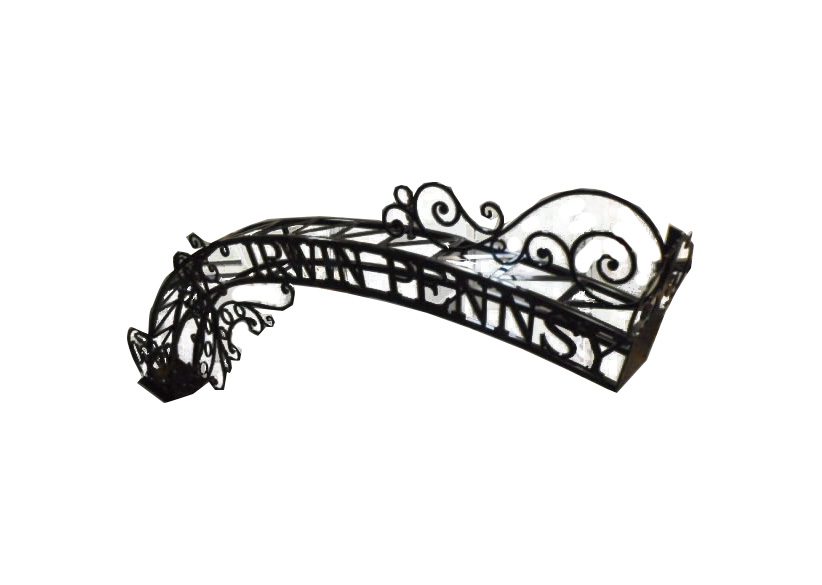There are some powder coating developments in 2020 to keep an eye out for – here are the details:
According to patch.com:
“The technology is relatively new, but millions of tons of powder coating are used worldwide for coatings. It was just in the 1960s that the powder coating technique was rapidly developed and continuously refined. Coating technology is used in particular on steel, galvanized steel, and aluminum, but is also used on stainless steel and also plastic. Across certain places, you can find powder coatings as they are durable, temperature tolerant, and can handle higher physical loads than conventional paints.
Benefits
“The benefits of powder coating are apparent. The color particles are applied very evenly, and no color is lost. Everything that does not find its way onto the object to be coated is sucked in and sprayed again. There are no noses and no dripping paint. Environmentally harmful solvents are not required. Besides, the powder coating applied is also significantly more resistant to mechanical influences because it has excellent dynamic properties. There are far fewer cracks than with traditionally applied paints.
“Primarily, you can powder coat all metallic objects and surfaces. Also, there are heat-resistant materials such as glass and ceramics, which are coated with the fluidized bed process and are also powder-coated. It is also possible to powder-coat materials such as plastic and possibly wood. For this, they use unique kinds of primer paint.
Coating methods
“In principle, there are two types of methods for powder coating. On the one hand, we have the internal sintering process and, on the other hand, that of electrostatic powder coating, also called EPS for short. The workpieces to be coated are heated to more than the melting temperature of the powder and then briefly immersed in a fluidized powder bath. Because the workpiece is hotter than liquid powder, it melts onto the object to be coated.
“Depending on the length of stay, it forms more or less thick layers. The process is mainly used to apply thicker layers. So the powders are mostly thermoplastics…”






